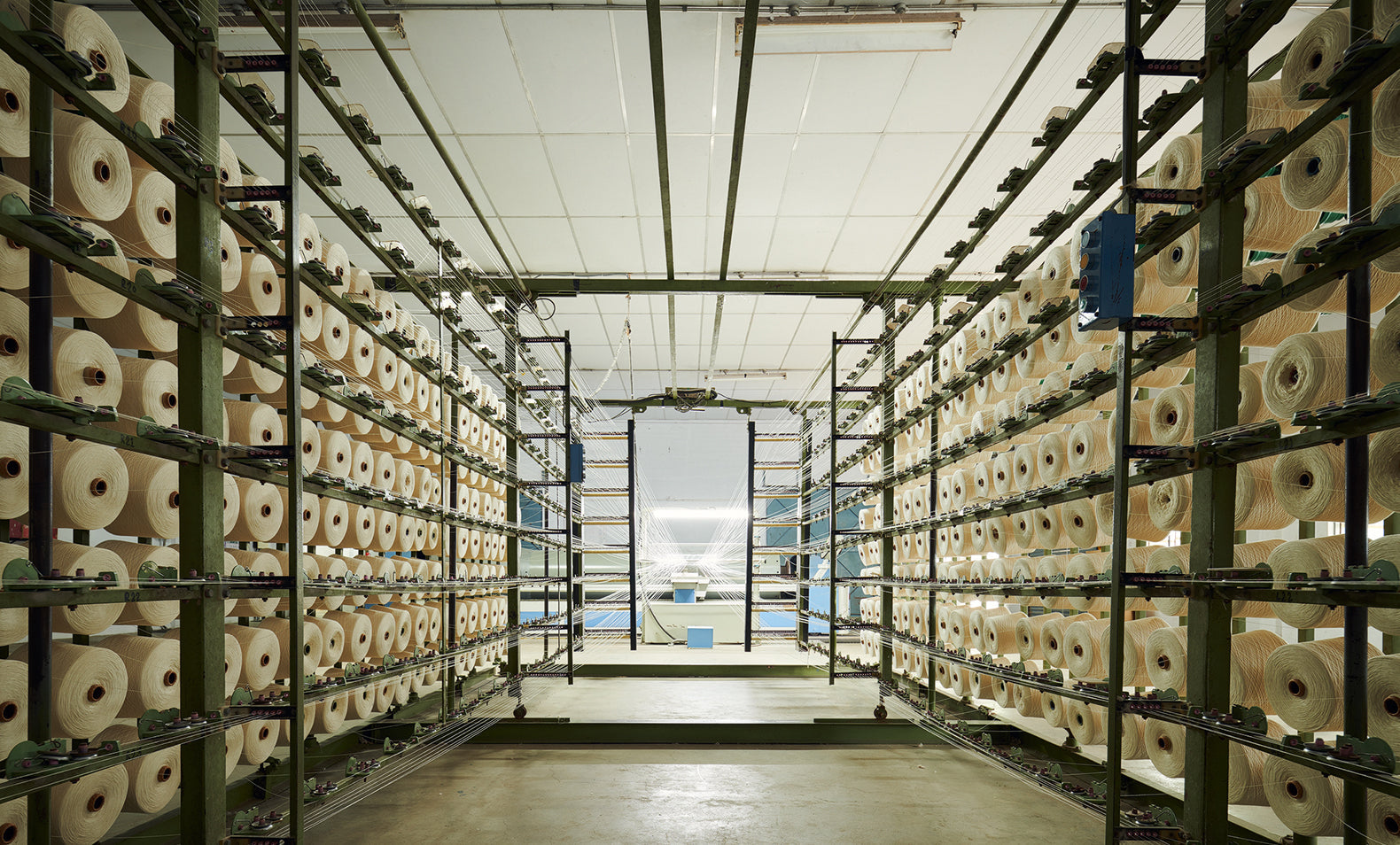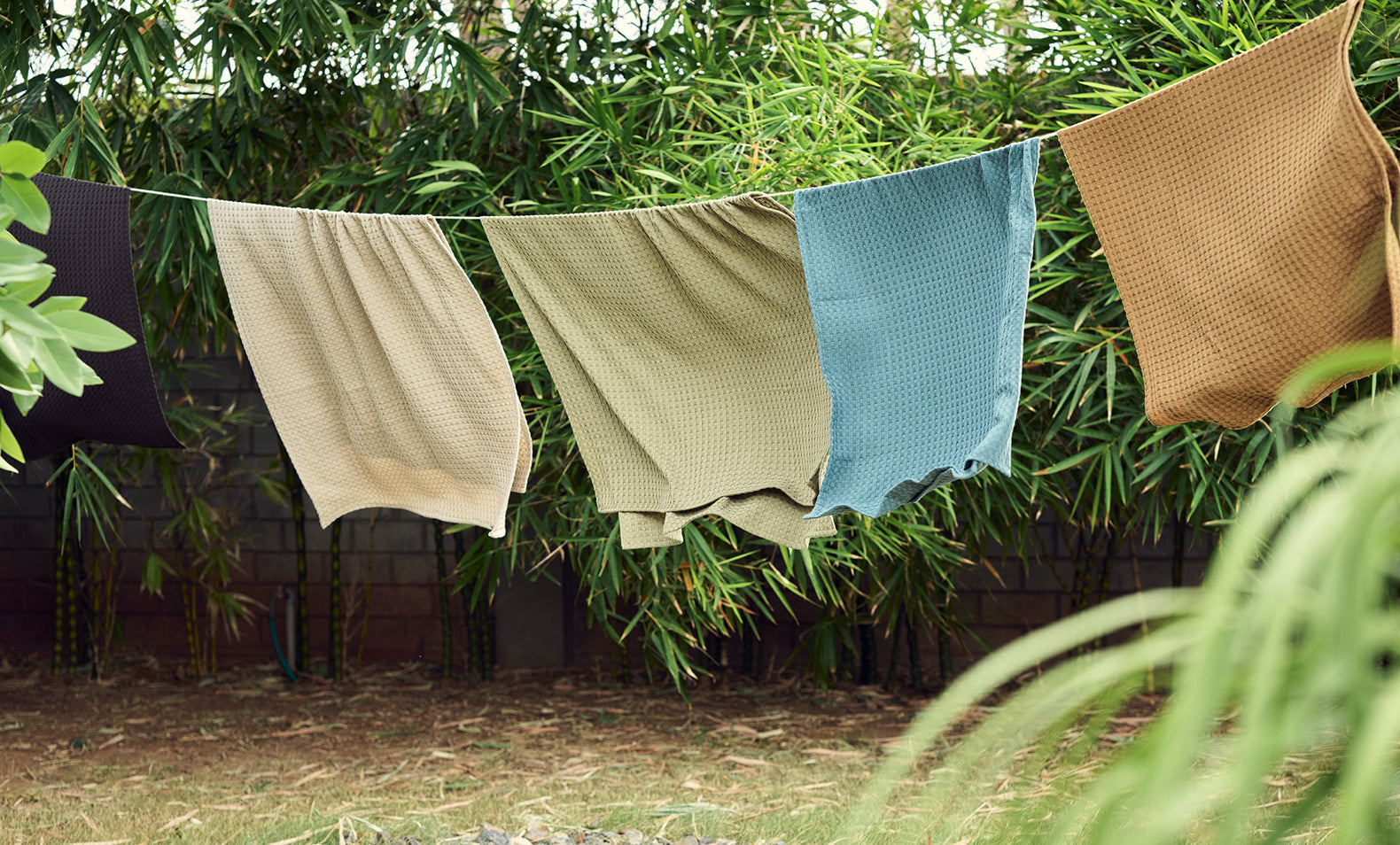Article: Linen Cartographies: Mapping the World Through Textile Trade Routes

Linen Cartographies: Mapping the World Through Textile Trade Routes
Before it ever touched your skin or softened your home, linen travelled. Long before the word “luxury” was used to describe it, linen was currency, tribute, protection, even diplomacy. Its journey, mapped across continents and centuries, reveals a story of human ingenuity, cultural exchange, and enduring value.
A Beginning in the River Valleys

The earliest known linen textiles date back to ancient Egypt, where flax was cultivated along the Nile. Its lightness suited the climate, but it also came to symbolise purity and wealth. Pharaohs were buried in it, and priests were wrapped in it. Traders carried it down the Nile and across the Mediterranean, where it began its long journey through human civilisation.
Europe’s Threaded Power

As the centuries turned, linen found a second home in Europe, particularly in Flanders, Ireland, and parts of Italy and France. Towns were built around looms and mills. Linen became both industry and identity. Irish linen, in particular, gained a reputation for strength and refinement. They were results of trade agreements, cross-border knowledge-sharing, and the specific humidity of the Irish climate that made for perfect spinning conditions.
From these centres, linen flowed across borders and oceans. It was exported to colonies, traded in bustling port cities, and eventually found its way into wardrobes and homes on every continent.
Linen on the Maritime Highways

Linen’s trade routes often mirrored the major sea routes of empires and exploration. Ships carrying tea, spices, porcelain, and silk also carried bolts of linen. In some cases, linen was used as ship sails as its durability was well suited to the salty air and wind. In others, it was bartered, taxed, or gifted.
In India, where cotton ruled, linen became an intriguing import that quietly entered wardrobes and homes, particularly among those who had access to European markets. In China, linen coexisted with silk, sometimes as a base layer and other times as canvas for art or embroidery.
A Fabric that Adapts

Unlike more fragile textiles, linen adapted wherever it travelled. In colder regions, it became a sturdy underlayer. In tropical climates, it allowed breathability and ease. Different cultures dyed, embroidered, and shaped it to suit their ways of living.
And yet, even as it moved across oceans, the essence of linen remained the same: a simple, strong, earth-connected fabric that responded well to human hands and local knowledge.
Today’s Climate, Today’s Choices
While linen’s legacy is global, our focus is local. Most of our materials are sourced close to home, because we believe that in today’s climate reality, fabric shouldn’t have to travel the world before it reaches your bed.
We work with weaves and fibres that make sense for the land we live in and the air we sleep in. It’s a quieter, more thoughtful continuation of linen’s long journey — one rooted in place, shaped by care, and mindful of what the earth needs now.


Leave a comment
This site is protected by hCaptcha and the hCaptcha Privacy Policy and Terms of Service apply.